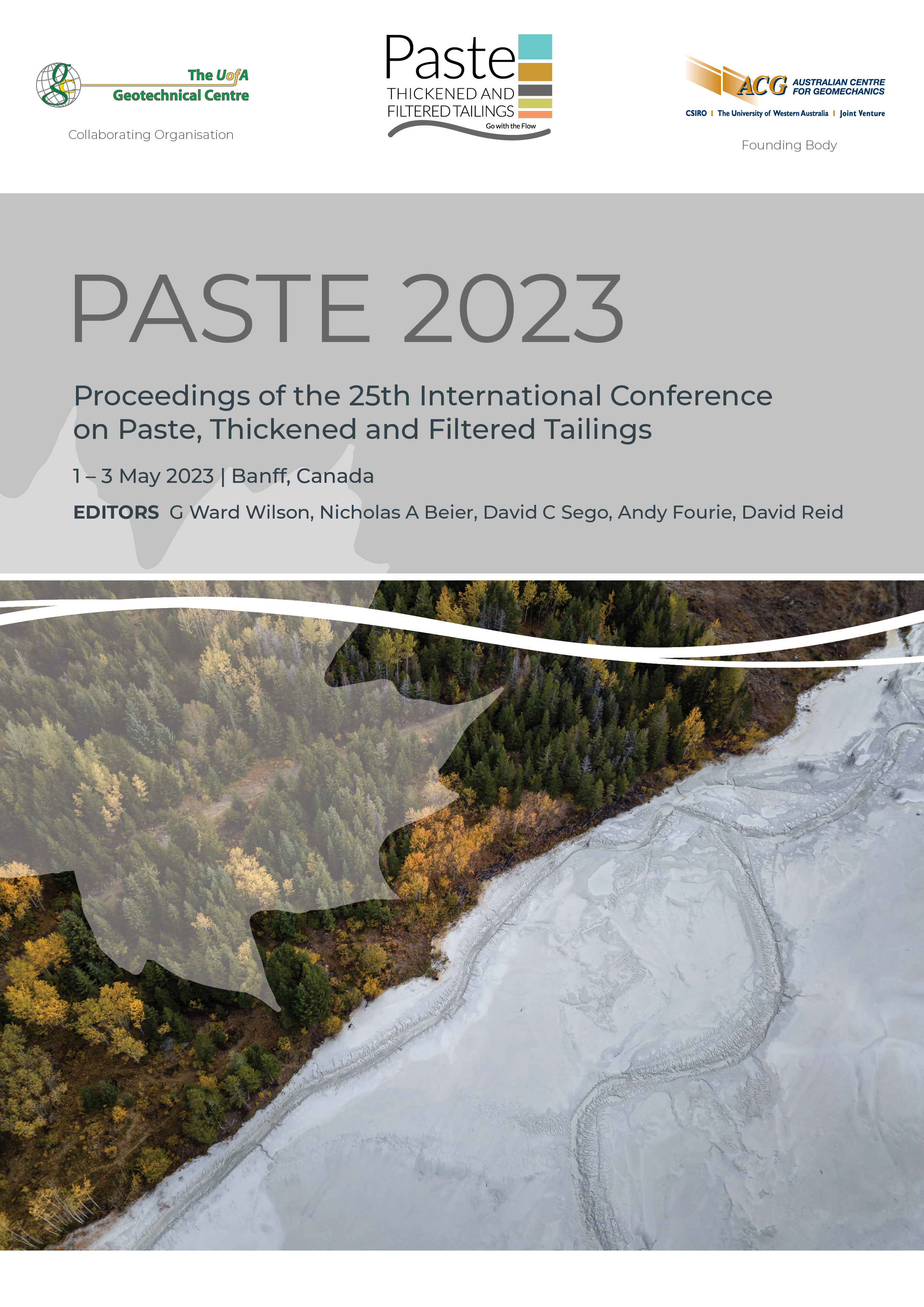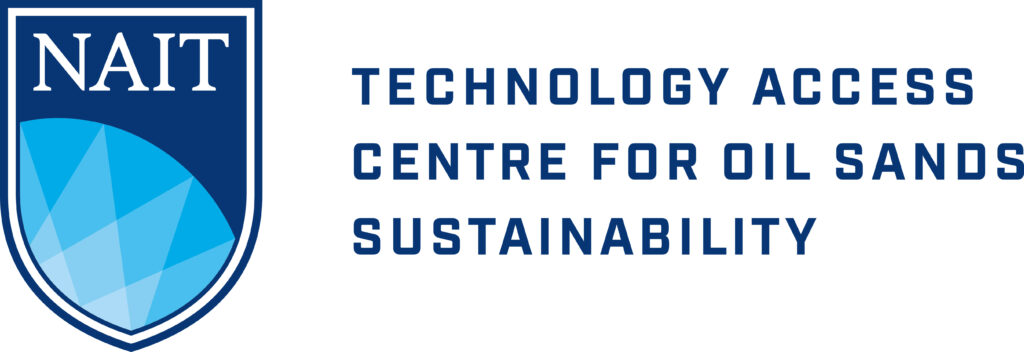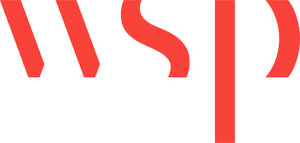The evolution of co-disposal stopes at Newmont Tanami Operations

|
Authors: Mackay, CJ; Veenstra, RL; Zajac, AD |
DOI https://doi.org/10.36487/ACG_repo/2355_03
Cite As:
Mackay, CJ, Veenstra, RL & Zajac, AD 2023, 'The evolution of co-disposal stopes at Newmont Tanami Operations', in GW Wilson, NA Beier, DC Sego, AB Fourie & D Reid (eds), Paste 2023: Proceedings of the 25th International Conference on Paste, Thickened and Filtered Tailings, Australian Centre for Geomechanics, Perth, pp. 47-59, https://doi.org/10.36487/ACG_repo/2355_03
Abstract:
As underground operations mine at greater depths, the haulage of waste rock to the surface becomes a constraint on efficient operation. By keeping waste rock underground, more trucks are available to haul ore to the surface. Additionally, the increasing cost of transporting cement to remote mine sites, and paste production costs in general require continuous optimisation. This is the case at Newmont’s Tanami Operations, where there is a focus on keeping waste underground, and optimising cement usage. An outcome of this is the development of co-disposal, that is, depositing waste rock in what would traditionally be a fully paste filled stope, and encapsulating the waste rock in paste to allow safe mining of adjacent stopes. To achieve this, consideration is given to stope geometry, a suitable rock tipping location, stope exposures and filling rates, all assessed against total expenditure and mine scheduling. Modelling of the fill scenario is completed in Deswik, and Flac3D is used to confirm paste strength requirements to achieve the required Factor of Safety, and for optimised binder contents. By depositing waste rock in paste filled stopes, costsavings are generated by displacing paste, and by reducing waste haulage costs. The development and fine-tuning of the co-disposal fill methodology to date has kept 325,000 tonne of waste rock underground, generating cost-savings exceeding $2.5 million, compared to fully paste filled stopes. This paper presents the evolution and optimisation of co-disposal stopes at Tanami since 2020, including the challenges experienced, the cost-savings, and value added to the operation.
Keywords: mine fill, paste fill, rockfill, co-disposal, paste waste, waste management, fill optimisation
References:
Bloss, ML, Cowling, R & Meek, JL 1993, ‘A procedure for the design of stable cemented fill exposures’, Minefill 1993, South African Institute of Mining and Metallurgy, Johannesburg, pp. 3–8.
Deswik 2020, Deswik.CAD, version 2019.1, computer software, Deswik, Brisbane.
Grice, AG 1989, ‘Fill research at Mount Isa Mines Limited’, in FP Hassani, MJ Scoble & TR Yu (eds), Innovations in Mining Backfill Technology, A.A. Balkema, Rotterdam, pp. 15–22.
Itasca Consulting Group, Inc. 2019, FLAC3D: Fast Lagrangian Analysis of Continua in 3 Dimensions, version 6.0, computer software, ICG, Minneapolis.
Veenstra, RL & Grobler, JJ 2020, ‘Paste‐waste design and implementation of Newmont Goldcorp’s Tanami Operation’, MineFill 2020‐13th International Symposium on Mining with Backfill, Katowice, Poland.
Veenstra, RL & Grobler, JJ 2021, ‘Optimising the design stability of cemented paste backfilled stopes’, in AB Fourie & D Reid (eds), Paste 2021: 24th International Conference on Paste, Thickened and Filtered Tailings, Australian Centre for Geomechanics, Perth, pp. 461–468,
© Copyright 2025, Australian Centre for Geomechanics (ACG), The University of Western Australia. All rights reserved.
View copyright/legal information
Please direct any queries or error reports to repository-acg@uwa.edu.au
View copyright/legal information
Please direct any queries or error reports to repository-acg@uwa.edu.au



